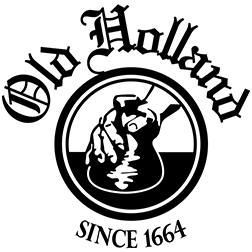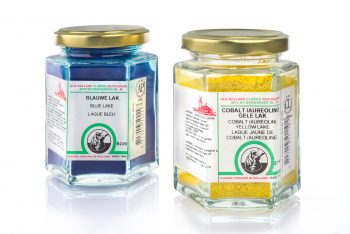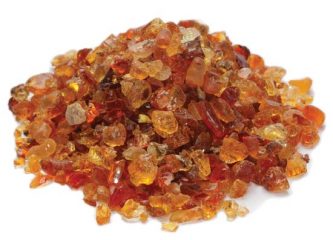
Pigments & Raw Materials

Pigments
As some artists prefer to make their own paints, we offer a carefully selected range of 98 lightfast pigments. Old Holland uses these pigments to make all its paints. The pigments have an outstanding colour strength, clarity and brilliance. Generally speaking, pigments can be divided into three groups:
Group 1: Organic pigments
Of natural origin, animal or vegetable (living), usually carbon compounds. Some examples: Carmine (from the Cochineal insect), Gummigutta, Gamboge (from the gum resin of the Garcinia Tree), Indian Yellow (from the urine of cows that eat mango leaves), Mummy (from the remains of Egyptian mummies), Madder Lacquer (from the root of the common Madder plant).
Group 2: Anorganic pigments
Chemical compounds from chemical elements other than carbons (non-living). Some examples divided into three subgroups:
- Earth pigments: Ochres, Umbers, Green Earth, Caput Mortuum, Venetian Red.
- Mineral pigments: Malachite, Vermillion, Lapis Lazuli.
- Synthetic inorganic pigments (do not occur in nature but are manufactured): Prussian Blue, Ceruleum Blue, Lead White, Cadmiums.
Group 3: Synthetic organic pigments
Complex carbon compounds which do not occur in nature, but are created in the laboratory. Some examples: Phtalocyanine Blues and Greens, Quinacridones, Isoindolinones, Dioxazine, Azo Pigments.
See here the full list of Old Holland pigments:




